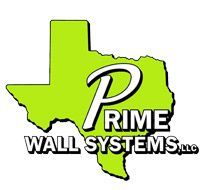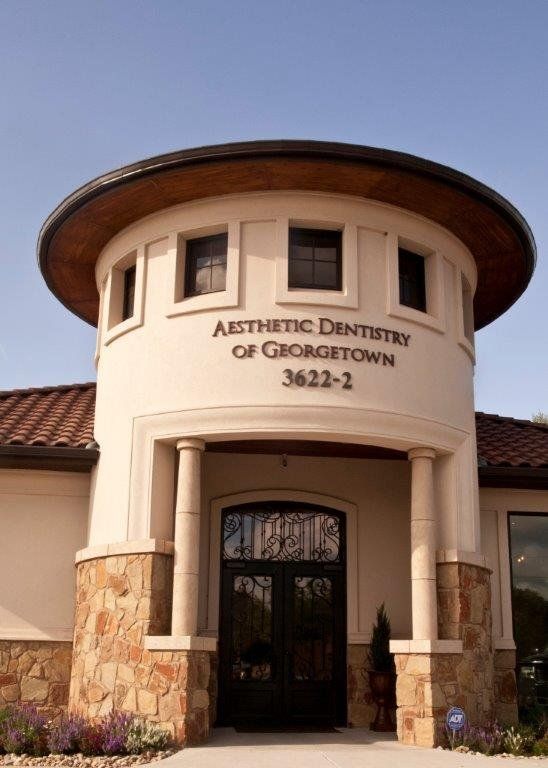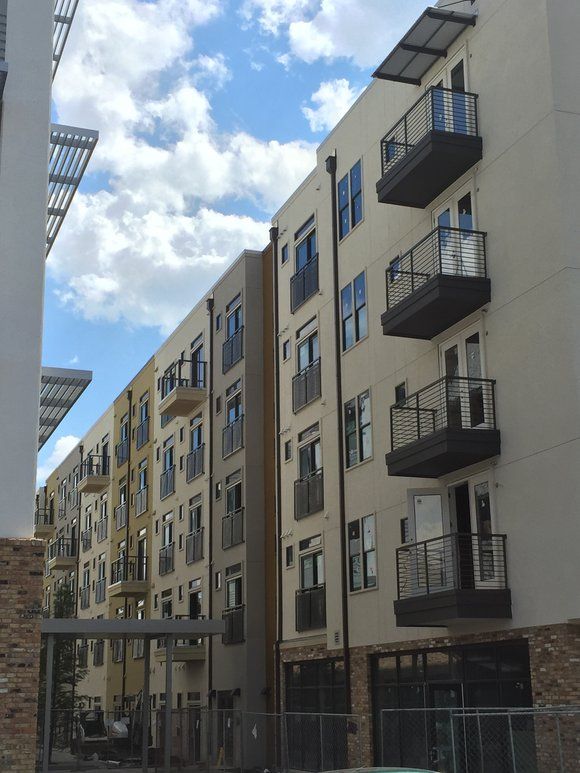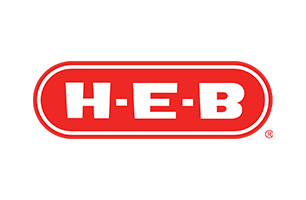Proud to Be the Most Respected Name in Central Texas Stucco, EIFS and Interior Plaster for Over 20 Years
Serving Central Texas
Residential and Commercial Stucco Repairs
We Have Completed Over 9,000 Projects
No Subcontractors - We Employ Our Teams
Trusted on Projects of Any Size
Hours:
Request Quote
Request Quote
Thank you for contacting us.
We will get back to you as soon as possible
Please try again later
Revitalize Your Property With Expert Stucco Repair
Prime Wall Systems LLC, your trusted plastering contractor in Central Texas, specializes in comprehensive stucco repair services. We cater to both residential and commercial properties, tackling everything from minor cosmetic fixes to major structural rehabilitations.
Whether you're dealing with cracks, water damage, or EIFS issues, our team has the expertise necessary to handle even the most complex repair projects. Don't hesitate, reach out to us today.
Why Choose Our Stucco Repair Services?
Choosing Prime Wall Systems for your stucco repair needs comes with a myriad of benefits:
- Over two decades of industry experience
- Completion of over 9,000 stucco and EIFS jobs
- Membership in reputable industry associations such as EIMA, TLPCA, National One Coat Stucco Association, Stucco Manufacturers Association, and AWCI
- Trusted by well-known brands like H-E-B, Whataburger, and Living Spaces
Experience the difference of professional stucco repair. Contact Prime Wall Systems today.
Impressive Stucco Repairs
What sets us apart from other plastering contractors?
- Stucco is done right at our company.
- We are a locally and family-owned business that doesn't rely on subcontractors.
- Our team is comprised of Sto Corp-certified, Senergy/BASF-certified, Master Wall-certified, Dryvit-certified, and Parex LaHabra-certified applicators.
- We are also 30-hour OSHA-trained, CPR-trained, and have undergone scaffold training.
- With over 22 years of experience, we provide work that carries a warranty and we are fully insured.
- We are committed to delivering the best stucco repair services that exceed your expectations.
- In many cases, we can even cover your siding or veneer.
Contact us now to get started.
Get in Touch With Prime Wall Systems for Stucco Repairs
Ready to revitalize your property? Prime Wall Systems is here to help. We encourage you to reach out to us to discuss your stucco repair needs. We look forward to hearing from you and helping you restore the beauty and integrity of your property. Contact us today for a quote.
When You Hire Prime Wall Systems LLC, You Get Prime Wall Systems LLC! We Employ Our Team - No Subcontractors!
Call our fully insured business.
(512) 869-6509
Related Services
I've used their stucco repair service several times and each time it turns out great. Very consistent! - Andrew Wachowski
I don't know much about stucco repair, but all I know is that they did a nice job with our house. They're easy to work with and my mom and I are very happy with their work! - Charles Guy
Learn More About
Prime Wall Systems LLC
Serving the Central Texas area, Prime Wall Systems LLC specializes in commercial and residential stucco and stucco repairs. We have completed over 9,000 projects. No subcontractors - we employ our teams. Trusted on projects of any size. Call us.
serving area
Travis County, TX
Williamson County, TX
Bell County, TX
Burnet County, TX
Llano County, TX
Gillespie County, TX
Blanco County, TX
Comal County, TX
Hays County, TX
Caldwell County, TX
Bastrop County, TX
Lee County, TX
Milam County, TX
Brazos County, TX
McLennan County, TX
Guadalupe County, TX
and surrounding areas
Business Hours
- Mon - Fri
- -
- Sat - Sun
- Closed
















Share On: